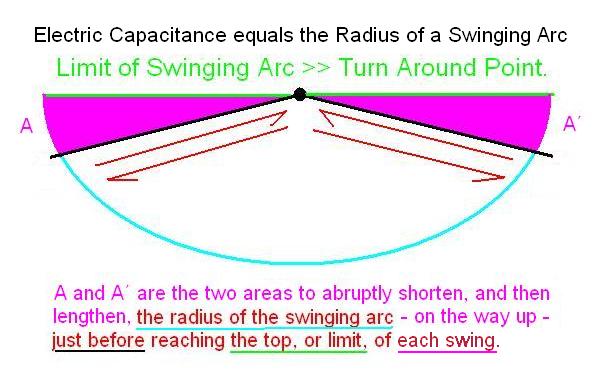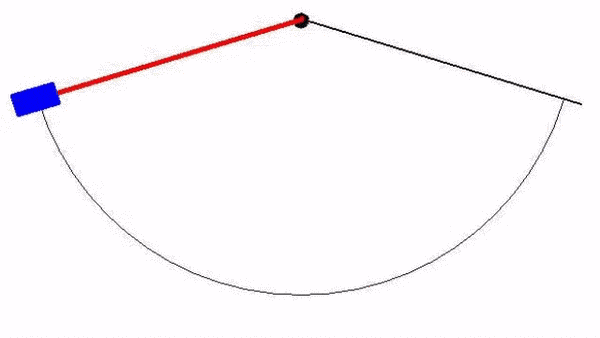| Parametric Capacitance Supplying Power to Four Strands of Wire on One Coil of a Three Phase A/C Induction Motor |
If a circuit is already precharged, then it's upkeep (to offset thermodynamic losses and conversions) is rather easy by parametrically altering one or more capacitors' values, lowering and then raising, their capacitances very abruptly in the milli Farad – or more – range (serving as the upper boundary). In this example, I suggest the use of 100 milli Farads as the upper boundary and 50 milli Farads as the lower boundary. Timing is also important. If you setup the parameters of variation beforehand (as described above), and then flick the solitary switch (in this example) at just the right moment immediately prior to a sinusoidal wave turning around (falling after rising or rising after falling), then you increase your chances of a gainful result rather than a loss.


BTW, dead batteries (the lead-acid type or AGM) make a good poor man's reactive converter (instead of using a synchronous condenser) to bring the power factor back to unity. Free energy is not the hard part. The challenge is making it useful! The next time you hear the term: "radiant", just substitute the word "reactive". My favorite reactance is parametric capacitance for it's the easiest overunity to achieve. Quartz crystals are used as oscillators since they will mechanically vibrate if subjected to a voltage or emit a voltage if mechanically squeezed. This alteration of a crystal's dimensions affects its "shunt capacitance". If tens of millions of quartz crystal oscillators were connected in parallel, then their total capacitance, along with their parametric variations, might be useful for power gain whenever the circuit begins to "run down". If the circuit received enough of an initial charge from outside itself, all of the millions of quartz crystals might self-oscillate – and in so doing – self-sustain their own charge by parametrically contracting and expanding with each pulsing A/C cycle. The right balance of factors may create a self-running operation? Perhaps... Quotes from Eric Dollard... Refined & Enhanced, LMD Analog Computer Module... https://youtu.be/cCJcU7INwnU?t=3h5m15s http://is.gd/refinedlmd Parametric Time Shifts of Inductance and Capacitance results in the Synthesis from, or Decomposition back into, the Constituent Ingredients of Electricity ... https://youtu.be/cCJcU7INwnU?t=1h51m57s 50 times faster than the speed of light: primary cosmic solar rays... https://youtu.be/cCJcU7INwnU?t=47m49s Source of Gravity... https://youtu.be/cCJcU7INwnU?t=48m43s The Law of Conservation of Energy breaks down... https://youtu.be/cCJcU7INwnU?t=28m41s https://ericpdollard.com/ |